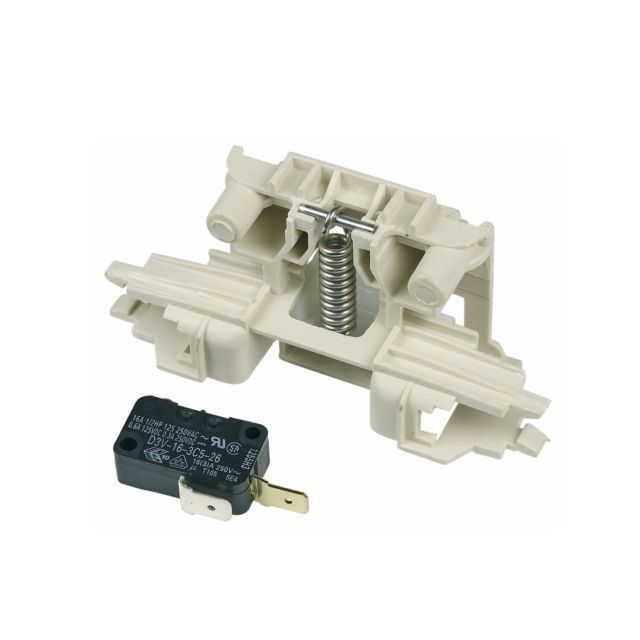The Best Strategy To Use For "The Cost Savings of Switching to Energy Efficient Windows"

Electricity dependable home windows are a wonderful assets for any sort of resident. They can aid reduce your power costs, decrease your carbon impact, and enhance the comfort of your property. Nonetheless, opting for the correct energy effective home windows for your climate may be a daunting activity. In this write-up, we are going to explore some elements to take into consideration when picking the greatest electricity effective home windows for your property.
1. Climate Zone
The initial variable to look at when picking energy efficient home windows is your weather zone. The United States is split right into four environment zones: hot-dry, hot-humid, cool and mixed-humid. Each region has various requirements for electricity efficiency.

In hot-dry environments like Arizona and Nevada, home windows along with low sun heat increase coefficient (SHGC) scores are optimal as they minimize warmth increase coming from the sunlight. Hot-humid regions such as Florida and Texas need home windows with low U-factor ratings to decrease heat loss in winter months.
For colder regions like Alaska and Minnesota, higher U-factor ratings are needed to preserve warm during wintertime months while still allowing sun light in through the window.
Last but not least, mixed-humid environments such as Tennessee and North Carolina call for both reduced SHGC and low U-factor measured home windows due to their varied in season climate patterns.
2. Window Style
The next variable to look at is home window type. There are different styles of home windows readily available that provide various amounts of electricity efficiency such as double-pane or triple-pane windows along with shielding gas fillings like argon or krypton between them.
Window or awning design windows offer much better air-tightness than moving or single-hung types which can easily leak air around the waistband. Also, dual installed tilt-in sashes permit for simpler cleansing although likewise delivering an air-tight seal when closed.
3. Frame Products
Home window structures likewise participate in a significant function in overall power efficiency functionality. Frameworks produced of plastic or fibreglass have become significantly preferred due to their protection to temperature level changes which can easily trigger contorting.
Hardwood structures have a traditional appearance but need more upkeep and are susceptible to decomposing or contorting over time. Light weight aluminum structures are sturdy and resilient but may quickly conduct heat or cold, making them much less electricity reliable than various other products.
4. Energy Star Ratings
Energy Star is a government-backed system that rates the electricity efficiency of several home home appliances featuring windows. Look for home windows with an Energy Star label which shows that they fulfill stringent electricity functionality criteria specified through the Environmental Protection Agency (EPA).
5. Installation
The final element to take into consideration when picking energy dependable home windows is appropriate installation. Even Research It Here conducting windows can stop working if not mounted properly, leading to air water leaks and reduced efficiency.
Tap the services of an experienced service provider who has actually experience installing energy-efficient windows in your region. Correct installation techniques consist of caulking and weatherstripping around the home window structure to lower sky leakage.
In verdict, deciding on the correct electricity reliable home windows for your temperature calls for point to consider of several variables such as temperature zone, home window style, framework materials, Energy Star rankings, and suitable installation procedures. By taking these aspects right into account, you can easily make an informed selection that will certainly help lower your residence's carbon dioxide footprint while likewise sparing loan on your utility expenses for years to come.
